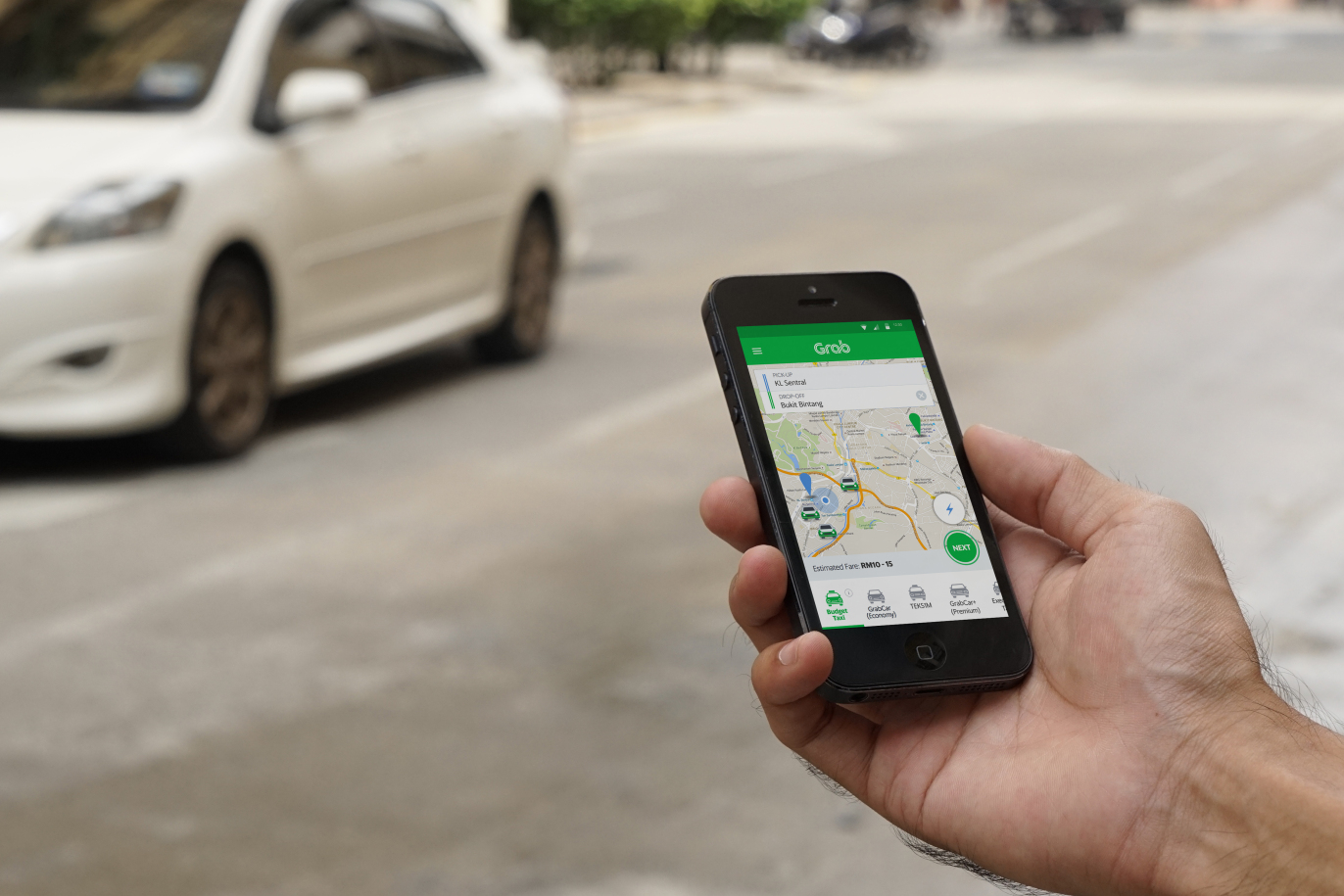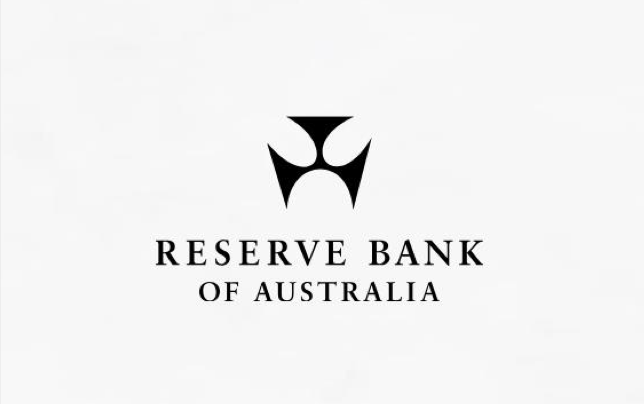
Uber and Grab are bringing Southeast Asia’s taxi on-demand war to Myanmar
By Jon Russel for TechCrunch,
Southeast Asia’s ride-sharing war is spreading to a new frontier after rivals Grab and Uber revealed plans to expand into Myanmar, the country also known as Burma.
Singapore-based Grab announced its launch in the country today, its first new market expansion for nearly three years, to take it to seven markets but its U.S. rival wasn’t going to sit in the corner quietly. Digital ink barely dry on Grab’s announcement, Uber revealed that it too is moving into Myanmar’s capital city Yangon, albeit within a more ambiguous timeframe of “soon.”
Grab has initially launched its GrabTaxi service that connects licensed taxis with consumers who can hail a ride using its mobile app. In other countries it offers services including private cars, motorbikes on-demand and carpooling, but this is a tentative first step. Backed by investors that include SoftBank and Chinese ride-sharing giant Didi Chuxing, Grab’s last launch market was Indonesia in June 2014 — now that country is the main battleground in the region and the focus of Grab’s $700 million investment plan.
Uber, meanwhile, appears to be aiming to strike an alliance with the government as part of its launch. That makes sense since Uber’s model — using civilian vehicles for commercial purposes — is still at odds with many governments despite the firm operating in Asia for a number of years. Grab’s reveal today seems to have caught the U.S. firm off-guard and expedited its own announcement.
Grab said in an announcement that it is working with “a small group” of taxi drivers initially, with a view to expanding the pool. Likewise, on the customer side, it is opening the service up to a limited number of ‘beta’ users in a bid to manage supply and demand.
“We are committed to work with the taxi industry and other transport stakeholders during our GrabTaxi beta trial, and work together to test and improve our taxi service to both drivers and passengers,” Grab VP of marketing Cheryl Goh said in a statement.
Uber, meanwhile, met with government officials in January, according to local media reports, but there’s no immediate timeline for a launch.
“Uber is very pleased with the progress we have made towards a partnership with the government in Yangon and look forward to introducing our ride-sharing technology in the country very soon,” a company spokesperson told TechCrunch.
The six markets countries where Uber and Grab compete in Southeast Asia account for the lion’s share of the region’s ride-sharing market, which is predicted to grow from $2.5 billion in 2015 to $13 billion by 2025, according to a report co-authored by Google. But still untapped opportunities remain. Grab president Ming Maa recently told TechCrunch that there are some “interesting” markets where the company isn’t present, and it looks like Myanmar is one of those.
Myanmar is, indeed, a fascinating market. Beyond a sizable population of 50 million people, it is quite unique because it has gone from zero internet access to widespread adoption, creating an open field of opportunities for businesses, after the country emerged from decades of military rule. Mobile operators have rushed in, chat apps and social networks have flourished and gained popularity — Facebook rules the roost while Viber is the unlikely must-have for messaging — but taxi apps are still to take off.
Local startup Oway Group has filled the void thus far. It raised $3 million from World Bank investment firm IFC last year, but now Grab and Uber will hope to tap into early opportunities.
Official data is hard to come by, but anecdotally both companies appear to compete fairly squarely across Southeast Asia. Indonesia may be the sole exception, since it is where Go-Jek, a local upstart valued at over $1.3 billion, has the edge over its bigger name rivals.
Six-year-old Grab has raised more than $1.4 billion from investors, according to Crunchbase, and was valued at $3 billion following its most recent $750 million Series F round. It claims to have over 710,000 drivers across 39 cities in Southeast Asia, with more than 36 million downloads of its mobile app. While it is only operational in Southeast Asia, its global presence spans R&D locations in Seattle and Beijing, while it is planning to create an office in India where it will develop its mobile payment platform.




